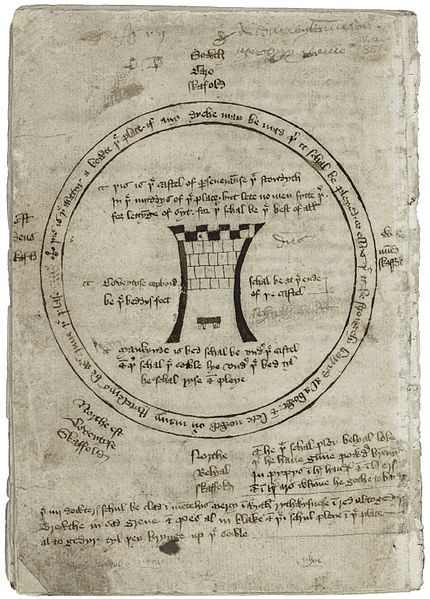Comedy is a genre of dramatic performance having a light or humorous tone that depicts amusing incidents and in which the characters ultimately triumph over adversity. For ancient Greeks and Romans, a comedy was a stage-play with a happy ending. In the Middle Ages, the term expanded to include narrative poems with happy endings and a lighter tone. In this sense Dante used the term in the title of his poem, the Divine Comedy.
Charlie Chaplin, one of the most famous comedians of the 20th century
Albert Edelfelt's drawing from the Finnish comedy play Heath Cobblers premiered in 1876.
Drama is the specific mode of fiction represented in performance: a play, opera, mime, ballet, etc., performed in a theatre, or on radio or television. Considered as a genre of poetry in general, the dramatic mode has been contrasted with the epic and the lyrical modes ever since Aristotle's Poetics —the earliest work of dramatic theory.
Depiction of a scene from Shakespeare's play Richard III
Relief of a seated poet (Menander) with masks of New Comedy, 1st century BC – early 1st century AD, Princeton University Art Museum
An ivory statuette of a Roman actor of tragedy, 1st century AD.
Stage drawing from a 15th-century vernacular morality play The Castle of Perseverance (as found in the Macro Manuscript).






